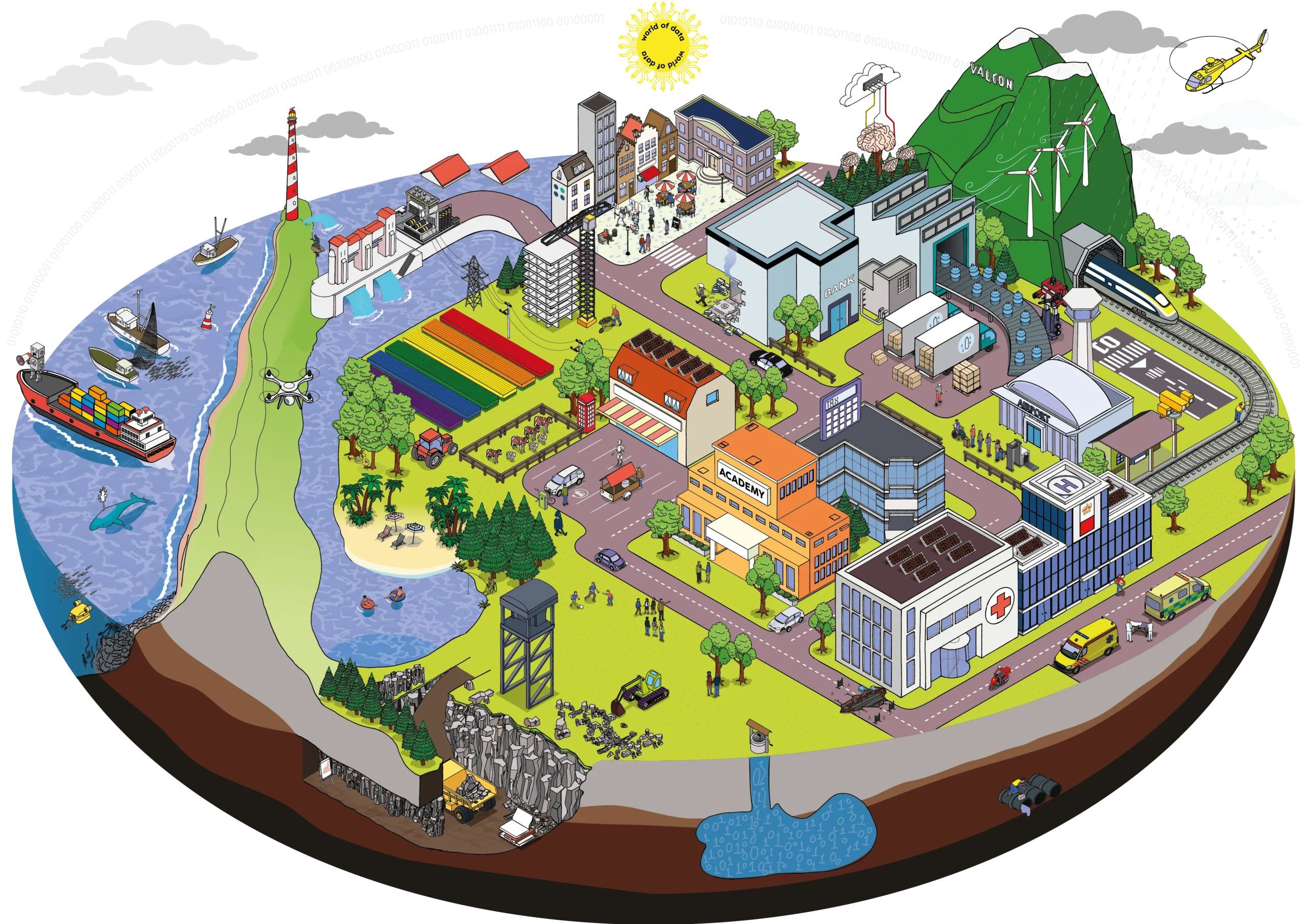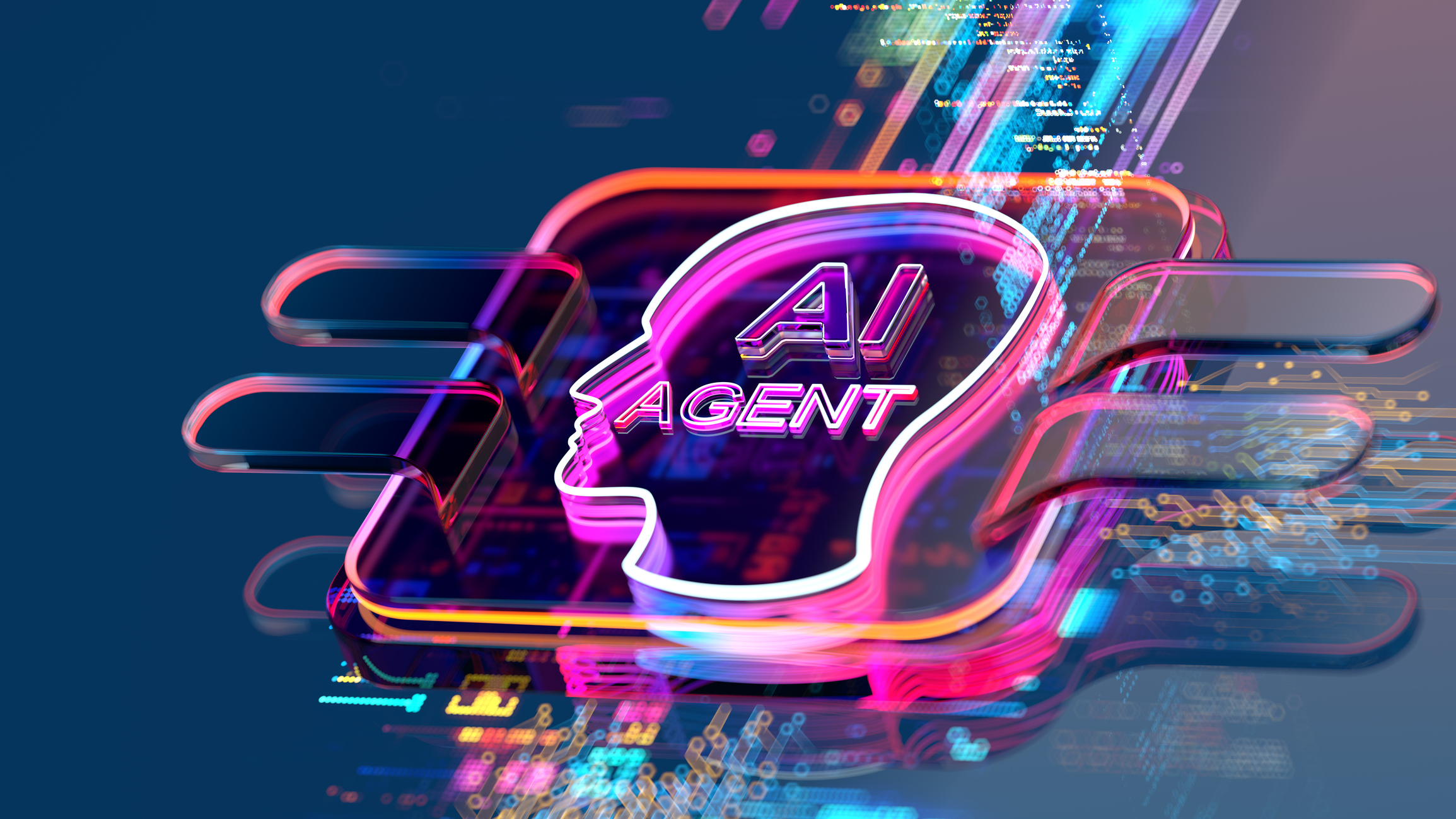The field of AI is rapidly evolving. In only a few years, large language models like ChatGPT have become part of everyday life – even technophobes are using it to craft dinner recipes or make a travel schedule that includes all local highlights. A lot of organisations have started to embrace GenAI, either as a tool to boost the productivity of employees or, more ambitiously, to transform their business processes. But before we have been able to fully reap the benefits from existing GenAI technology, a new trend has already put its head above the parapet: Agentic AI.
What is Agentic AI?
Agentic AI systems are composed of multiple ‘agents’ that ‘cooperate’ to execute complex tasks autonomously. GenAI is already good at answering single questions in isolation. The user gives a prompt, and the model replies. Agentic AI systems go a step further. They can take a complex question, decompose it into smaller tasks and coordinate individual AI agents to execute the required actions in the right order – all without the need for human intervention. For example, an Agentic AI system can read an email from a colleague, load the attached Excel sheet with sales figures, perform a statistical analysis on its content, and report the main conclusions in a cleanly drafted PowerPoint slide.
Agentic AI as a game-changer
To many people, this development may feel both fascinating and unsettling. The idea of AI carrying out complex tasks independently naturally raises concerns about AI replacing jobs. However, a more likely scenario is that teams and departments will start cooperating with AI agents that supercharge productivity while humans remain essential for oversight, quality control and responsible decision-making. From that perspective, Agentic AI is less a risk and more an opportunity to reshape the workplace and unlock new value, at a time when populations are ageing and the number of people in the workplace is declining.
So, how does Agentic AI stand apart from GenAI, and why could it be a monumental step forward in terms of efficiency and productivity? Here are five facts:
- From assistant to autonomous colleague: most existing GenAI tools take a single question or prompt and reply with an answer. This is useful to assist employees in parts of their work, but still requires a substantial amount of human input. To refine an answer or ask a follow-up question, the user needs to submit a new prompt each time. Agentic AI systems reduce the need for human interaction by orchestrating sequences of tasks autonomously. Instead of waiting for new human prompts and reacting to them, they proactively execute follow-up steps or make refinements. As a result, Agentic AI is more like a digital colleague than a passive tool.
- From generalist to a team of specialists: large language models typically act as generalists; they can answer a large variety of questions based on the diverse content and patterns present in their training data. But they are limited when tasks demand multiple specific skills. Agentic AI systems can orchestrate a team of agents, each optimised for a specific type of task: one summarises an email, another runs a statistical analysis, a third drafts visuals. These teams of specialists can execute more complex tasks and provide more accurate answers to difficult questions, compared to generic stand-alone GenAI tools.
- Adaptive problem solvers: in contrast to existing GenAI technology, an Agentic AI system can critically evaluate its own output and adapt its approach accordingly. A so-called ‘orchestrator’ agent coordinates the other agents that perform the tasks, but also reviews their intermediate outcomes. If the orchestrator detects that these intermediate results are insufficient to solve the problem at hand, it can refine a task or add additional tasks. In this way, the system adjusts its approach along the way without requiring human feedback.
- Increased productivity and scalability: the advent of autonomous AI systems opens up a whole new world of opportunities for automation. Whereas stand-alone GenAI tools can save time for individuals, Agentic AI has the capacity to automate entire processes. Its greatest potential lies in streamlining vast process chains involving multiple handovers, information exchanges and data collection steps. By optimising these workflows end-to-end, Agentic AI not only boosts productivity but also enables operations to scale to entirely new levels.
- Redefining human-AI collaboration: when AI technology changes, so does the role of humans that collaborate with AI. Instead of creating prompts and consuming outputs, human responsibility will shift towards supervising, guiding and quality-checking autonomous agents. Instead of replacing jobs outright, Agentic AI is more likely to reshape work by reducing repetitive tasks, allowing humans to focus on tasks that require creativity, judgement, empathy and complex decision-making.
All in all, Agentic AI is not just the next step in GenAI. It is a fundamental shift in how we collaborate with AI technology. It has immense potential to automate organisation-wide processes and complement human strengths. The real question is not whether AI will change the way we work but when and how we choose to guide and govern that change.
If you would like to speak to Valcon about Agentic AI and GenAI and how you can start to harness these technologies, please get in touch: [email protected] and [email protected]













